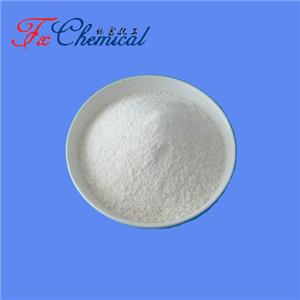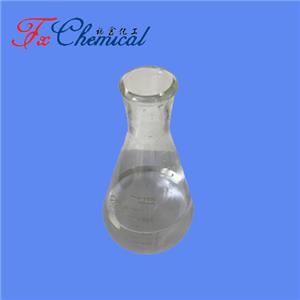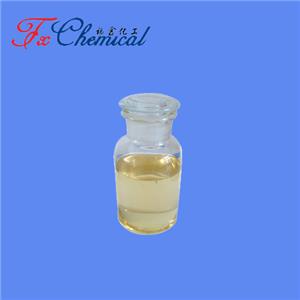
Product Details
| Product Name: N-acetylneuraminic Acid Methyl Ester 2,4,7,8,9-Pentaacetate | CAS No.: 73208-82-9 |
| Min. Order: 1G | Purity: 99% |
| Supply Ability: 2000G | Release date: 2025/12/01 |
N-acetylneuraminic Acid Methyl Ester 2,4,7,8,9-Pentaacetate is not a compound with commercial or industrial applications like the previous examples. Instead, it is a protected synthetic intermediate used almost exclusively in specialized organic chemistry and glycobiology research.
Its entire purpose is to enable the chemical synthesis of more complex molecules derived from sialic acid.
Primary Application: Key Intermediate in Sialic Acid Chemistry
The name itself describes its function:
N-acetylneuraminic Acid (Neu5Ac): This is the most common form of sialic acid, a crucial carbohydrate found on the terminal ends of sugar chains (glycans) attached to proteins and lipids on cell surfaces.
Methyl Ester: The carboxylic acid group (-COOH) of the sialic acid has been converted to a methyl ester (-COOCH₃).
2,4,7,8,9-Pentaacetate: All five of the hydroxyl groups (-OH) on the sugar ring have been "protected" by converting them into acetate esters (-OCOCH₃).
Why Use This Specific Protected Form?
Sialic acids are complex molecules with multiple reactive functional groups (-OH and -COOH). To chemically modify them in a controlled way, chemists must first "protect" these groups to prevent unwanted side reactions.
Protection: The pentaacetate and methyl ester groups act as protective shields. They are inert under many reaction conditions, allowing chemists to perform specific chemical transformations at a single, desired site on the molecule without interference from the other reactive groups.
Activation: This specific protected derivative is often used to activate the anomeric carbon (carbon #2) for glycosylation. The acetate at the 2-position can be converted into a good leaving group (e.g., a halide, xanthate, or trichloroacetimidate), making it reactive.
Glycosylation: The activated, protected intermediate is then used to chemically attach sialic acid to another sugar molecule (an acceptor alcohol). This is the crucial step in building sialylated glycans.
Global Deprotection: After the desired sialylated structure is successfully synthesized, all the protecting groups (the acetate esters and the methyl ester) are removed in a final step using a base like sodium methoxide, revealing the final, functional sialic acid-containing compound.
Company Profile Introduction
You may like
-
CAS:597577-78-1
$0.00 / 1G
Recommended supplier
| Product name | Price | Suppliers | Update time | |
|---|---|---|---|---|
| $0.00/1G |
VIP5Y
|
WUHAN FORTUNA CHEMICAL CO., LTD
|
2023-02-21 | |
| $0.00/1kg |
VIP4Y
|
Henan Aochuang Chemical Co.,Ltd.
|
2022-09-27 | |
| $1.00/1g |
VIP6Y
|
Career Henan Chemical Co
|
2019-12-23 |
- Since: 2006-04-03
- Address: Room 2015, No.2 Building Kaixin Mansion






![(4R)-4-[[(1,1-Dimethylethoxy)carbonyl]amino]-5-hydroxypentanoic acid ethyl ester](https://img.chemicalbook.com/ProductImageEN1/2024-08/Large/29860f40-5a8c-4416-830b-adc22991fc7b.jpg)

 China
China